Passage of Emeryville Bird-Safe Building Standards
By Noreen Weeden
The Emeryville City Council and Mayor evaluated, and by a 5-0 vote, unanimously approved, Bird-Safe Building Standards. These standards will become effective in August 2020. The standards will greatly reduce bird deaths and injuries resulting from collisions with buildings in the city. Bird building strikes are one of the main causes of bird mortality in the U.S. Reasonable, affordable measures can prevent these bird deaths. The City of Emeryville has taken positive action by adopting the Bird-Safe Building Standards to protect birds into the future.
The Emeryville Planning Commission had considered and unanimously approved the standards on May 26, 2020 and forwarded the “Bird-Safe Building Standards” to the City Council. The standards address building design and reducing night lighting.
Mayor Christian Patz said of the approval, “I’m really excited about a bird safe Emeryville.”
Reduction of bird strikes in new or remodeled buildings and glass structures can be achieved in a variety of simple and cost-effective means. For example, fritting – the use of ceramic lines or dots on glass – is often used to lower heat gain or loss from windows. Fritting applied in patterns increases the visibility of the window to birds and reduces the likelihood of impacts with little effect on the transparency of the glass. It does not affect views or light passing through the window for people. Insect screens are another option and are also considered bird safe.
The standards also cover the effects of light pollution, which disrupt birds’ ability to navigate by the stars during migration. Artificial light at night can draw birds off course, where they land in unfamiliar areas, then building collisions pose a threat. The standards reduce unnecessary interior and exterior lighting, reducing these risks to birds.
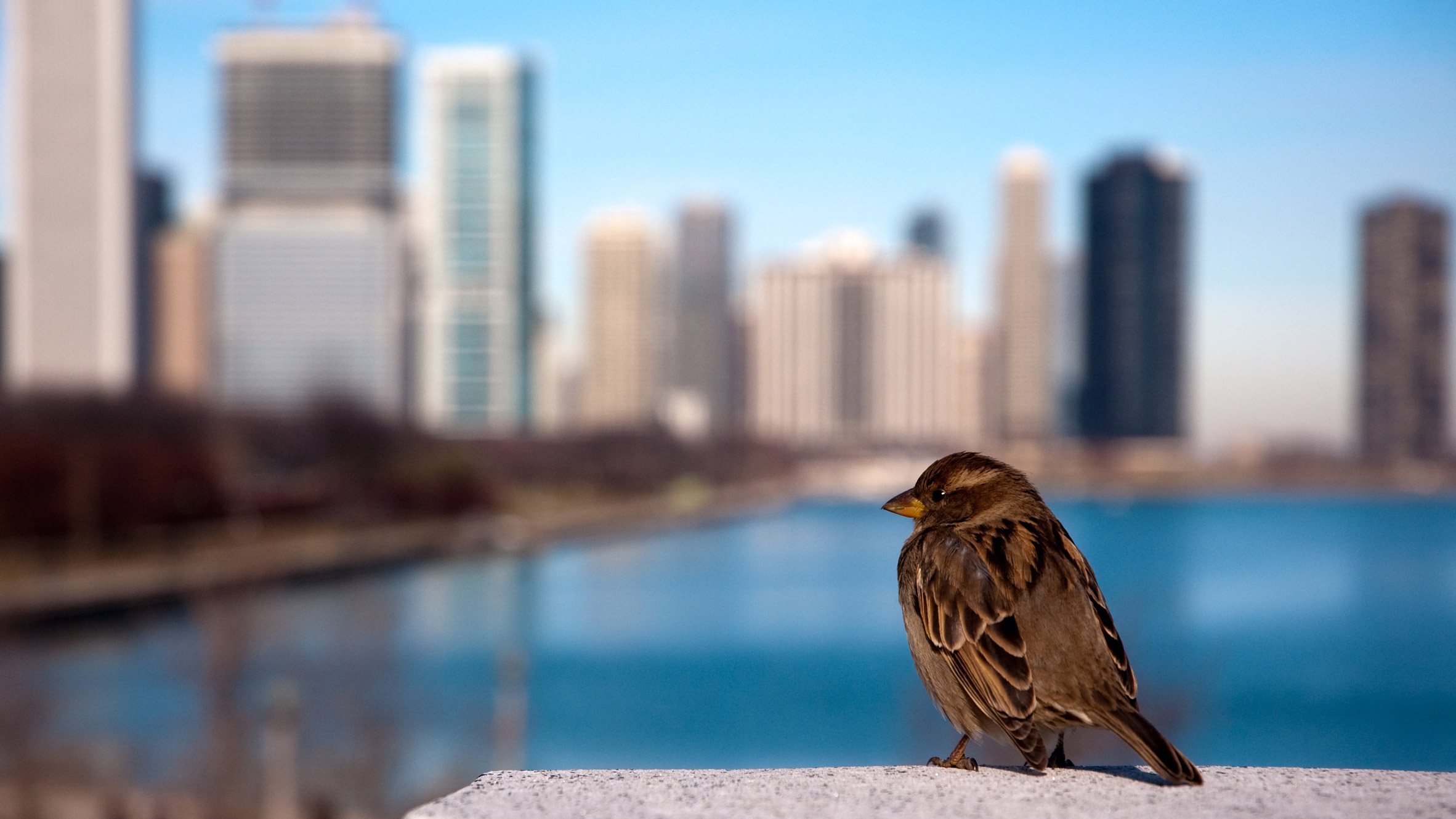 Photo by Bridget Cogley
Photo by Bridget Cogley
Bird-safe measures can provide benefits for building owners and operators. Bird safe design can result in savings on heating, ventilation, air conditioning, and cooling costs. Turning off unnecessary lights saves money and natural resources, while reducing risks to birds.
A US Fish and Wildlife study found over 46 million people are actively bird watching, spending $80 billion annually in this activity. Another US FWS study reported over 1 million bird-building collisions per day in the US.
The Emeryville Bird Safe Building Standards is ordinance number 20-002. City Councilmember John Bauters said, “The Emeryville Crescent is a hidden jewel which is important for birds and people. The Emeryville Bird-Safe Building Standards are a big step forward in support of the city’s sustainability goals and ecological stewardship.”…

 American Crow by Lonnie P.
American Crow by Lonnie P.
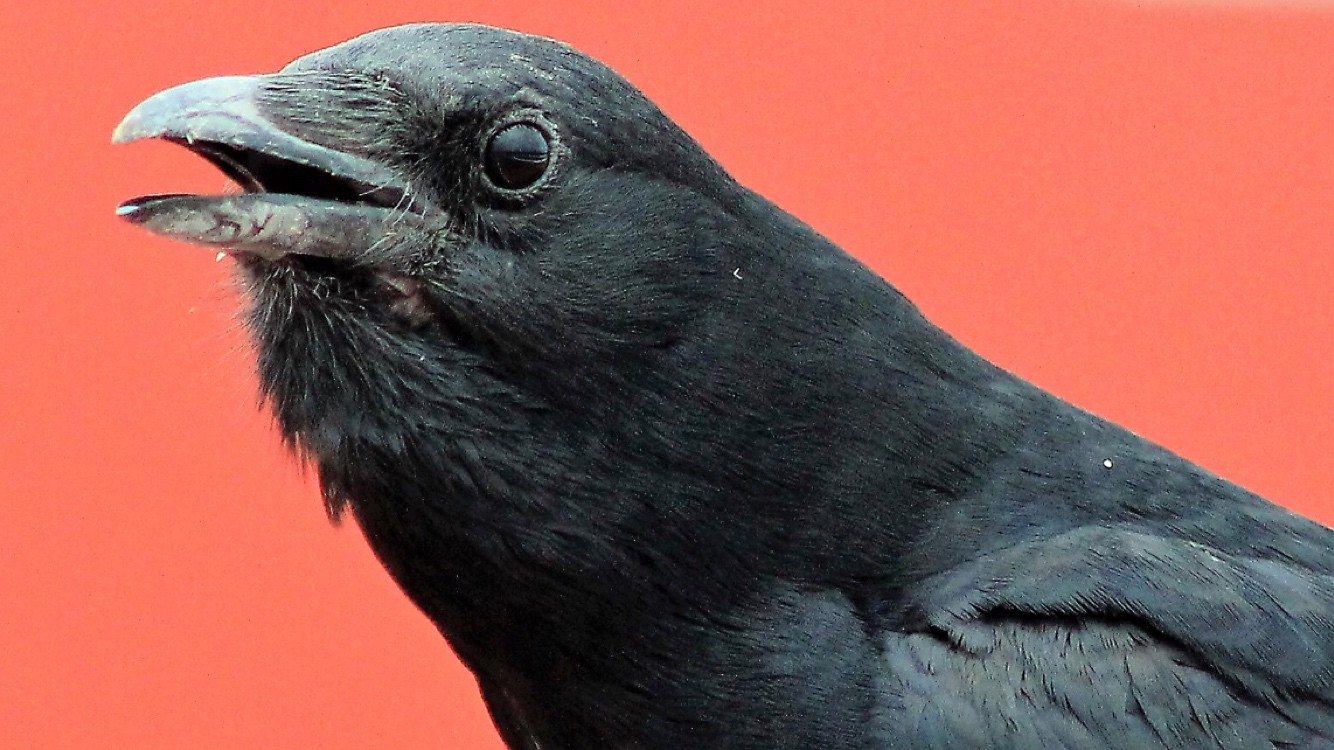 Crow by Eric Anderson
Crow by Eric Anderson
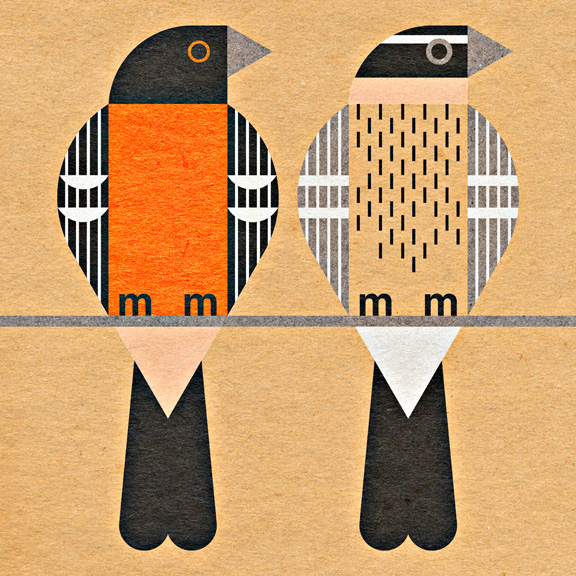 Black-headed Grosbeaks by Scott.
Black-headed Grosbeaks by Scott.

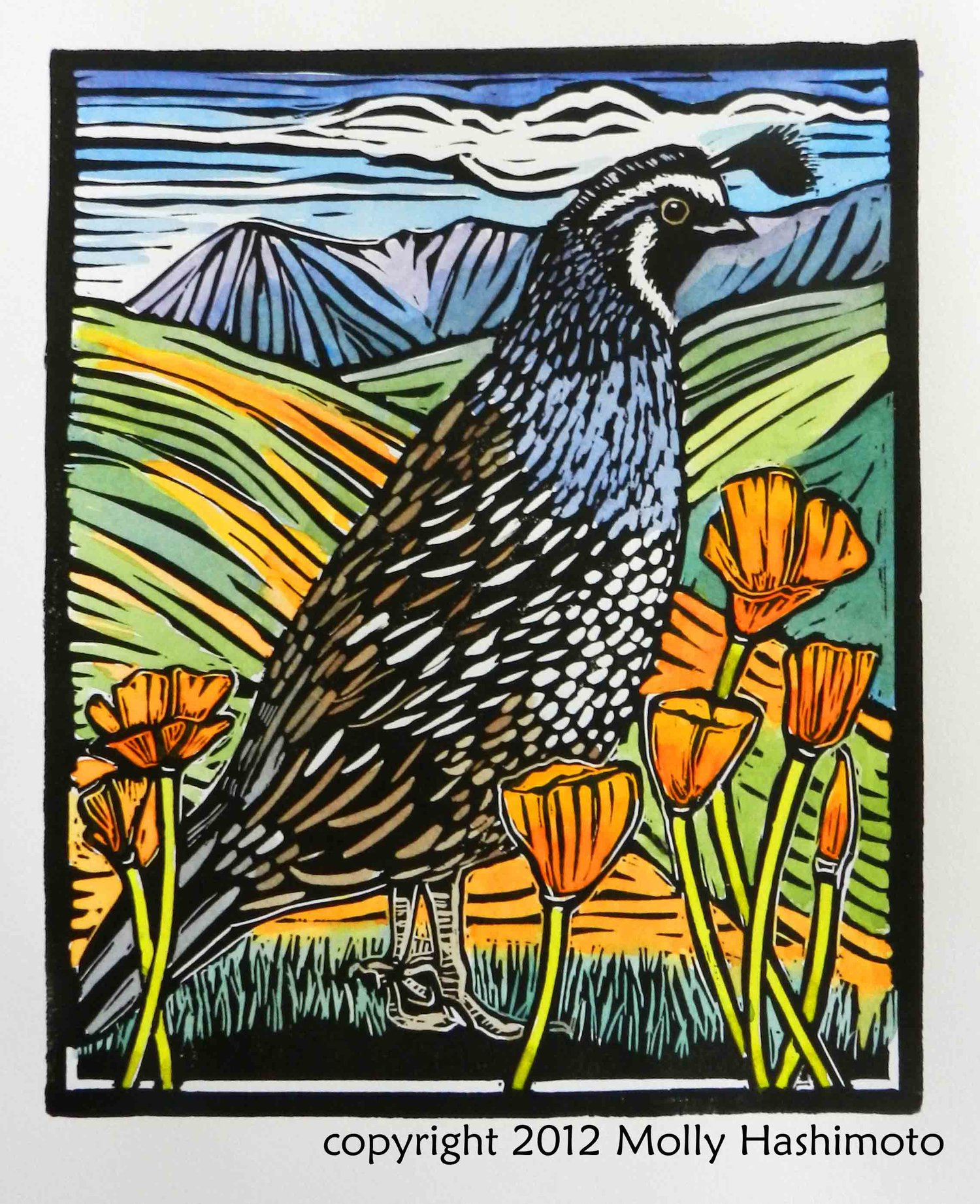 California Quail and Poppies by Molly
California Quail and Poppies by Molly
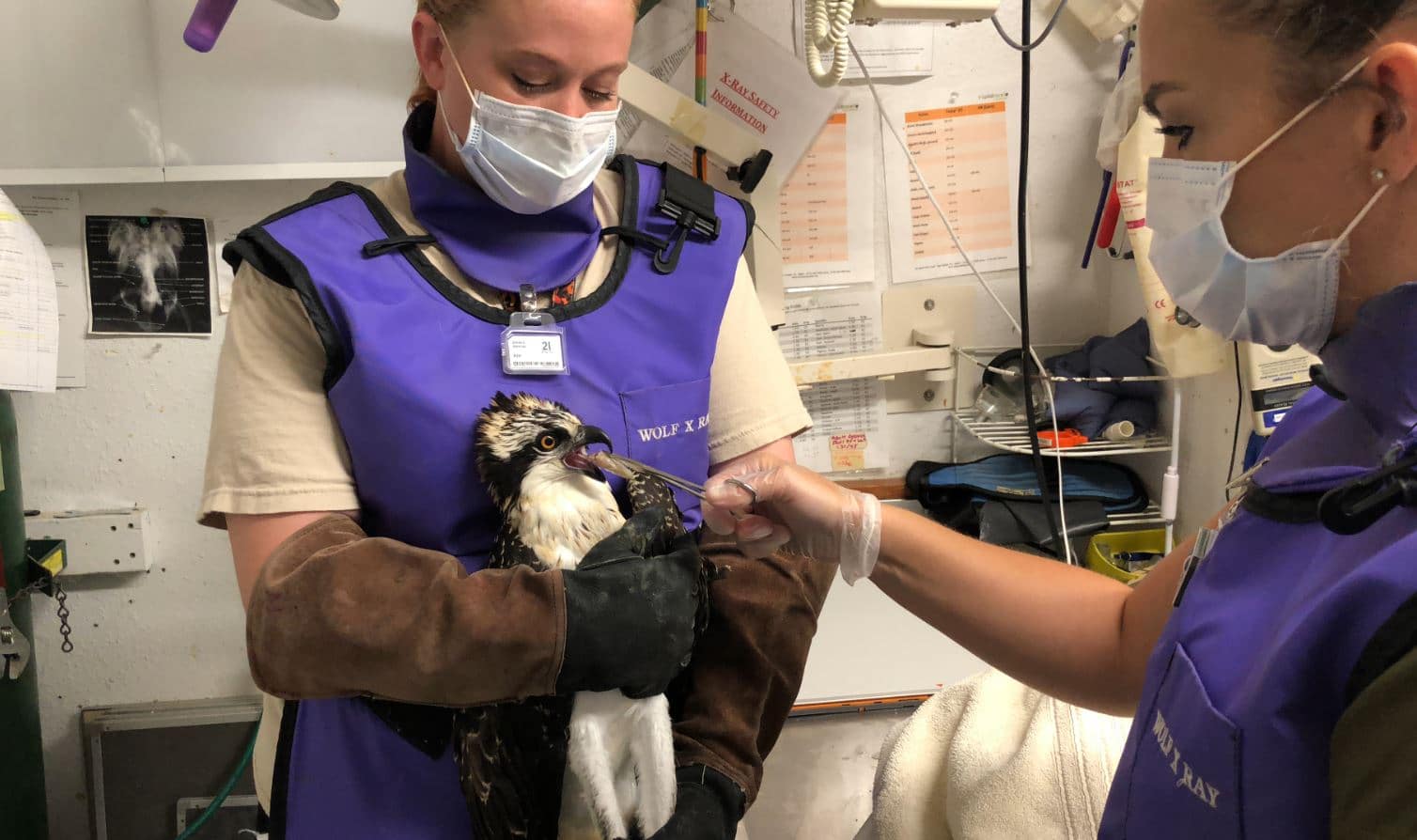

 One of the “Buy-it-now” selections Marjorie made. Rigel Stuhmiller’s notecards.
One of the “Buy-it-now” selections Marjorie made. Rigel Stuhmiller’s notecards.
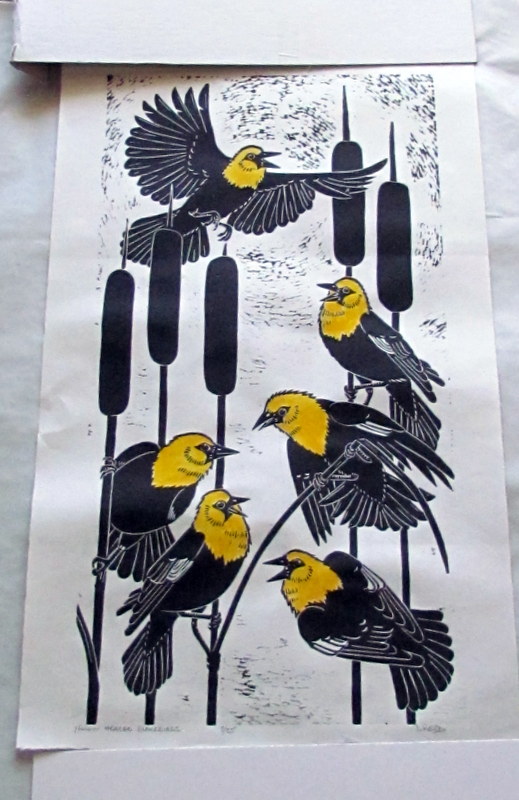 Dona Reed’s piece.
Dona Reed’s piece.